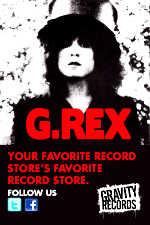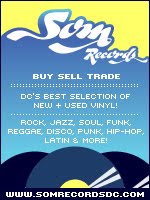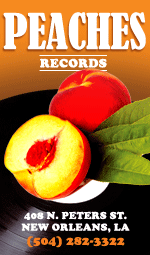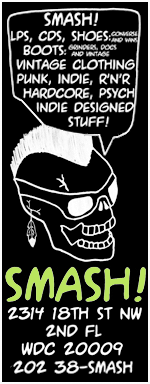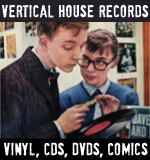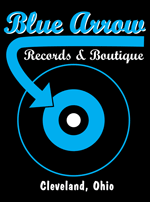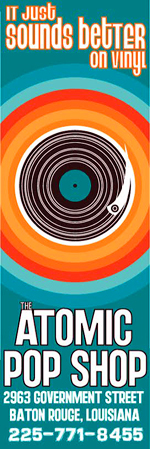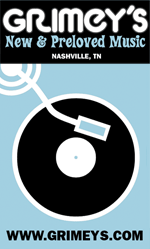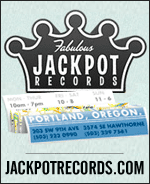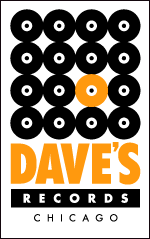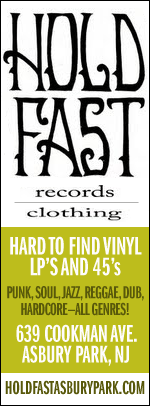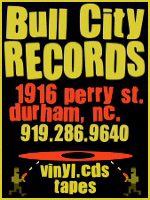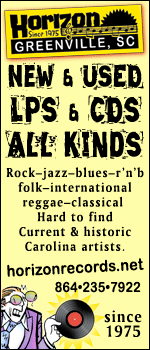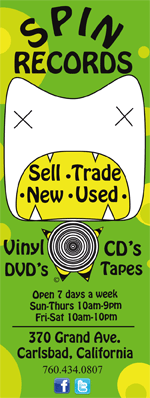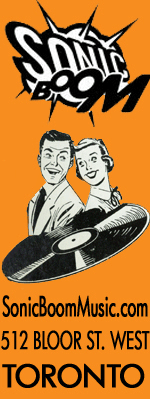
Making Vinyl, the premier event for the vinyl record industry returns to Detroit’s Westin Book Cadillac Hotel next week, October 1 and 2, with a keynote address from Little Steven Van Zandt. What better time to look back at our talk with the man from a little over one year ago. —Ed.
Between his work with Springsteen and the E Street Band, his championing of both old and new music through a one-in-a-million satellite radio station known as the Underground Garage, and, more recently, his return to fronting a band of his own, Little Steven has as much right to James Brown’s old title as anyone else in show business.
After roughly eighteen years of being occupied with two-thirds of the above items (to say nothing of his lauded turn on The Sopranos or his actor-writer-director capacities on Lilyhammer), Van Zandt reemerged onto the solo circuit this past May with Soulfire. With the Disciples of Soul on backing duties, the record is a veritable genre smorgasbord that runs the gamut from doo-wop and Chess blues to country and Tamla soul. In other words, Little Steven provided a strikingly thorough showcase of the rich traditions that led him to the altar of rock and roll in the first place. No small feat for the most famous practitioner of rock-as-religion.
We were able to catch up with Little Steven amid the final weeks of his US tour to talk his return to being a bandleader, the importance of rock and roll education as exemplified by both the Underground Garage and his foundation, Rock and Roll Forever, and his dream compilation record.
So Soulfire was your first solo LP in eighteen years. With that in mind, did you notice any discernible difference in your approach to the recording process itself, whether that be compared to your previous solo albums or your work with Bruce and the Asbury Dukes?
Interesting question. Not really, I’ve always done things kind of live and analog, and I still am, but it’s a little bigger now. I really have fallen in love with the jigsaw puzzle of arranging horns, strings, and background vocals. Basically what I got into with Darlene Love’s album last year, and I continued that with this album. I used to do more with the strings but I added the background vocal this time around. Other than that, no real difference in the recording.
I think the only other difference may be that I can’t use streetwise rock musicians anymore. You start off using rock musicians in a rock band. Now, the stuff has become a little sophisticated to the point where I really need session guys to be more precise, and then finding sessions guys who can also go on the road and actually perform has been the biggest challenge. There’s only a handful of guys who can handle stuff like this, I mean, I’m playing ten different genres of music during these live shows. They have to play with authenticity and have a sense of history, and there’s not a whole lot of folks who can do that, so they’re in great demand.
On this tour, which is only about eighteen weeks long, I’ve changed personnel several times, so different people are coming and going even on a four-month tour. It’s been an adjustment with that but I’m a bandleader so it’s always going to be a great band. In the old days, I think people were just less busy.





























